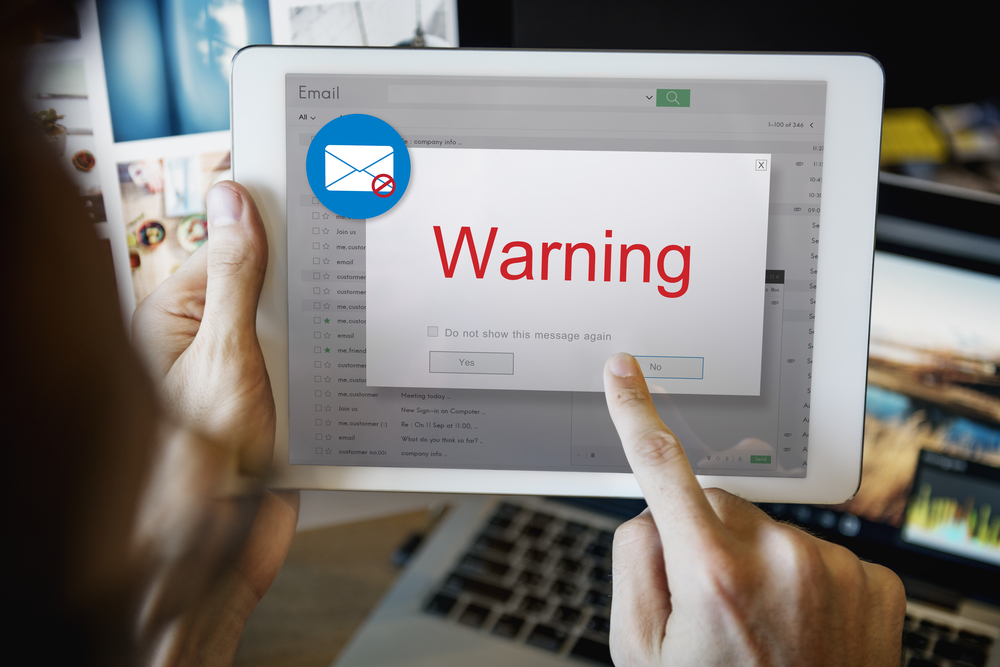Comprehensive Guide to Dangerous Computer Viruses and Effective Protection Strategies
This detailed guide explores the most notorious computer viruses in history, including Melissa, Conficker, and WannaCry. It explains their mechanisms of spread and offers essential tips for protecting your devices. Learn how to defend your systems against evolving cyber threats with updated security practices and proactive measures. This comprehensive overview emphasizes the importance of timely updates, reliable antivirus solutions, and user vigilance to prevent devastating malware infections.

Understanding the Major Threats to Your Computer Security
Since the inception of computers, malicious software viruses have been a recurring and evolving threat to digital security. These viruses not only compromise individual systems but can also cause widespread disruptions across entire networks. While a common misconception is that viruses mainly spread through internet downloads and web browsing, historical data and recent incidents show that even older network connections and physical media can be vulnerable. As technological advancements continue, cybercriminals develop more sophisticated viruses that can cause extensive damage, especially targeting critical sectors such as financial institutions, healthcare systems, transportation networks, and emergency response services.
In this article, we explore some of the most notorious and destructive computer viruses in history, their mechanisms of spread, and essential steps you can take to protect your devices from malware infections.
Historical Perspective on Dangerous Viruses
Over the decades, certain viruses have left indelible marks due to their widespread impact and innovative methods of infection. Understanding these viruses can help you recognize vulnerabilities and adopt effective preventive measures. Here are three of the most infamous viruses that have significantly shaped cybersecurity awareness:
Melissa Virus
Discovered in the late 1990s, the Melissa virus was one of the first to demonstrate the destructive potential of email-based malware. It exploited the dominance of Windows operating systems and popular Microsoft Office applications such as Word and Outlook. The virus spread via infected email attachments containing macros, which, when opened by unsuspecting users, triggered the virus to replicate and send itself to contacts in the victim’s address book. This caused inbox overloads, system crashes, and widespread network interruptions, highlighting the vulnerabilities in email security practices of that era.
Conficker Worm
Debuting in 2008, Conficker (also known as Downadup) gained notoriety for its resilience and widespread distribution. It targeted vulnerabilities in Microsoft Windows to install itself and establish a large botnet capable of remote control. Conficker disabled security features, such as Windows Update, and removed backups, making malware removal challenging. It spread through network shares, infected removable drives, and even through malicious website exploits, infecting millions of computers worldwide. Its ability to evade detection and disable security tools made it a significant threat at the time.
WannaCry Ransomware
Appearing unexpectedly in 2017, WannaCry made headlines globally due to its high-profile attacks. This ransomware encrypted victims’ files and demanded ransom payments in Bitcoin for decryption. It exploited a Windows vulnerability known as EternalBlue, which was leaked from the NSA’s cyber tools. The attack affected vital institutions including hospitals, government agencies, and multinational corporations, causing operational paralysis and financial losses. The rapid spread of WannaCry underscored the importance of timely software updates and robust security protocols to prevent ransomware infections.
How to Protect Your Devices from Dangerous Viruses
Preventing infection from these and other viruses requires a combination of proactive security measures and vigilant user behavior. Here are some essential practices to safeguard your digital devices:
Keep Your System Updated: Regularly install operating system updates and security patches. These updates often include fixes for vulnerabilities exploited by viruses like Conficker and WannaCry.
Use Reliable Antivirus Software: Invest in reputable antivirus and anti-malware solutions. Ensure they are always running and up-to-date to detect new threats effectively.
Implement Strong Password Policies: Use complex, unique passwords for different accounts. Consider using a password manager to keep track of them securely.
Disable AutoRun and AutoPlay Features: These features can automatically execute malicious software from external drives or media, including infected USB sticks.
Secure Shared Folders and Network Access: Limit sharing permissions and use encryption for sensitive data. Regularly scan shared directories for malware.
Backup Data Regularly: Maintain current backups of important files on disconnected drives or cloud storage. This strategy minimizes data loss should an infection occur.
Be Cautious with Email Attachments and Links: Avoid opening suspicious emails or attachments from unknown senders. Verify the authenticity before clicking any links.
Educate Yourself and Others: Stay informed about the latest cybersecurity threats and educate family or colleagues about safe computing practices.
By adopting these comprehensive security measures, users can significantly reduce the risk of falling victim to dangerous computer viruses and safeguard their digital environment effectively.





